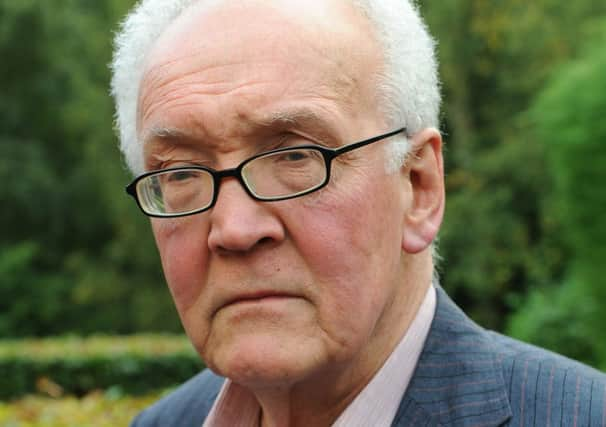HARRY SHUTT: Economic argument on North Horsham homes is ‘seriously flawed’


I am a long-standing resident of North Horsham (of over 20 years) and object very strongly to the destructive and wasteful North Horsham Strategic Development (NHSD) that HDC is proposing to approve north of the A264.
I also write in my capacity as an economic consultant and published author with long experience of analysing such proposals (see my website www.harryshutt.com).
Advertisement
Hide AdAdvertisement
Hide AdSupporters of this proposal on the council have suggested that the NHSD is vital to the economic development and growth prospects of the District. In truth, as presented the project lacks any economic justification at all. No specific benefits are cited to offset the all too obvious costs to the community that it would entail (notably to the environment, transport and education), as detailed by many other objectors.
It has been implied that it will be an important means of generating economic growth – as called for by the Draft Preferred Strategy, although nowhere in that document is there any clear definition of what is meant by economic growth or of how it is to be achieved.
However economic growth is measured, its benefits to the community are normally considered to be reflected in rising income (value added) and employment. Leaving aside the question of whether it should really be seen as a government priority to promote such growth in a relatively prosperous part of the country – rather than in, say, the industrially blighted regions of the North – there is no basis for believing that the NHSD will serve to achieve it.
Promoters of large construction projects often claim they will provide a boost to economic growth and employment, although they seldom point out that this will not necessarily last beyond the construction phase (typically 2-3 years), whereafter what remains is the built project, which may or may not constitute an income-generating asset.
Advertisement
Hide AdAdvertisement
Hide AdA good example of such a project is the heavily loss-making Don Valley Stadium, which was built for the 1991 World Student Games and whose closure and demolition has just been announced by Sheffield City Council. In practice, therefore, the only beneficiaries of such developments are the landowners, developers and contractors directly involved in their implementation, while taxpayers and residents are left to bear the costs and consequences in terms of a permanently blighted environment.
In the case of a predominantly residential development such as NHSD similar considerations apply. Although extra housing stock may be needed, this benefit would be essentially the same if the houses were built elsewhere in the area, given that they are serving the same local property market. This also applies to any short-term boost to the local economy during the construction phase.
Potentially far more significant, however, is the gain in land values arising from the change of use. As the land involved is currently classified as low-grade farm land, it may be estimated (based on indicative current values for the area) that its market value would rise from around £10,000 / acre to £250,000 / acre as residential land. This clearly offers the prospect of a massive speculative profit – running to tens of millions of pounds – for the current landowners and / or developers.
However, none of this unearned windfall will accrue to the people of Horsham – except perhaps indirectly via any capital gains tax payable at national level, to the extent that our generous system of loopholes does not prevent the beneficiaries from dodging this quite lawfully. Moreover, any such benefit to the UK economy stands to be further diminished given that the developer involved, Liberty Property Trust UK, is US-owned, increasing the likelihood that much of the value added arising would be siphoned off overseas.
Advertisement
Hide AdAdvertisement
Hide AdThe suspicion that such exorbitant potential profits are what is really driving this proposal is only strengthened by the statement of Councillor Burgess in the WSCT (Letters September 5) that Horsham could meet its additional housing “quota” with only 1,000 new dwellings (which could almost certainly be built on available brownfield sites within the town), rather than the 2,500 envisaged for NHSD, which is purely a stipulation of the developer.
Councillor Rae has stated that, however undesirable the NHSD may be in most respects, it is vital to accept it because of the potential for generating income for HDC from the business park component of the scheme, bearing in mind the present government’s policy of making local authority finances increasingly dependent on revenue from business rates. This argument – which is related to that of the Council Leader that Horsham must compete to attract and retain inward investment if it is to sustain its public services in future – is seriously flawed for the following reasons:
1. It is neither economically nor politically tenable to make LAs fiscally so dependent on the retention of private businesses in a globalised market environment over which they have no control (this rather obvious point has already been made in reactions to the Government’s proposals from across the country);
2. It has been well established – including by consultants hired by HDC in 2009 – that Horsham is not well placed to attract much of the limited footloose investment available to fill its existing vacant office and industrial premises;
3. If there is a need to create an additional space it makes no sense to locate it on a greenfield site remote from transport links and existing services.